Engagement of nonresidents can be effective in revitalizing rural communities and their industries. At the same time, there are certain things that are only possible through utilizing existing regional resources of rural, mountain and seaside areas that people, especially nonresidents, find valuable.
“We intend to connect the people, who are eager to take on new challenges, with places where innovative changes are happening in the fishing industry,” said Junpei Ito from Tokyo-based nonprofit ETIC, in an online symposium held by the Japan Times Satoyama Consortium on May 29.
During the symposium, Ito and Yuya Matsumoto from nonprofit Fisherman Japan of Ishinomaki, Miyagi Prefecture, spoke about their ongoing project that focuses on connecting skilled urbanites with the rural fishing industry.
Last year, ETIC and Fisherman Japan jointly launched Gyo-somon!, a service that matches fishery companies with urban residents looking for worthwhile side jobs. Gyo-somon is a play on the Japanese words for “fishery” and “outsider.”
ETIC’s core activity is to connect people with people, people with regions and people with projects to support regional development and nurture entrepreneurial leaders who can solve social problems and create new value. Fisherman Japan, established in 2014, aims to revitalize the fishing industry that was severely affected by the 2011 Great East Japan Earthquake and tsunami.
“It’s important to have someone from outside who can put aside short-term interests and look further into the future,” Matsumoto said.
Matsumoto was an outsider who came to Ishinomaki after the earthquake, while remaining an employee of Yahoo Japan Corp.
“Marine products are one of the few resources Japan has and fishing is a culture that needs preserving,” Matsumoto said, stressing that it’s not always money that helps in a national crisis.
This idea fits with “satoyama capitalism,” a concept introduced in a book of the same title published in 2013. This new form of capitalism centers around the utilization of existing natural resources in satoyama (forests that are tended by area residents) and satoumi (a similar idea focused on the ocean).
Fishing industry enlivened
Gyo-somon! aims to enliven the fishing industry by encouraging fishery companies to start projects such as opening cafes on the side, creating training programs for future fishermen or branding of new products, and by involving those with necessary skills and knowledge from all over Japan on a part-time basis.
“While Fisherman Japan helps local fishermen plan projects, ETIC gathers people who want to participate in those projects,” said Ito.
“These workers basically attend meetings and do their jobs online. Their wages are paid in the form of seasonal fish. We also supplement the transportation cost of their monthly visits,” Matsumoto said.
Involving individuals beyond the local populace would have more positive effects than just providing skills that fishermen lack, Matsumoto said, explaining that outside participants look at the current business model as a whole and consider what it should ideally be like, which was especially helpful in the preparation phase of projects.
Uniting locals, urbanites
To create successful examples of various stakeholders from different locations working together to rejuvenate one area, “A coordinator or support group that can act as a coordinator between local residents and outsiders is needed. It has to be someone who fully understands the customs, internal relationships and characteristics of the region,” Ito said.
The involvement of nonresidents in local projects was also one of the themes of talks that were held the following day as part of the same symposium. The speakers, Naoko Oshima of Youbi Co., a group of creative woodcrafters, and Chie Ishino of Ishino Suisan, a fishing and processing company specializing in chirimenjako, or dried young sardines, talked about how regional resources can be used to create unique products.
Oshima was originally an outsider too. She moved to the village of Nishiawakura in Okayama Prefecture about 10 years ago to start a studio named Youbi with her husband, Masayuki Oshima, now representative director of the studio-turned-company, to create furniture made mainly of local cedar and cypress trees.
Such conifer forests can be found in various places in Japan, most of which were planted over 50 years ago to meet future demand. However, there are forests that have been left untended because of the lack of successors in forestry businesses or aging owners. Additionally, cheap imported lumber dominated the market in recent years, leaving domestic trees unused.
High tree density hinders healthy growth of younger trees and other vegetation that keeps the soil rich. Poor soil cannot hold much underground water, which is partly responsible for floods and landslides, Oshima said.
“It’s a pity that the existence of such forests is only mentioned in news about disasters,” she said.
Rich resource, local support
The abundant forest resource and welcoming and supportive attitude of local residents helped Youbi develop its business that now includes architecture, renovation and more.
However, Youbi has not been free of hardships. A fire destroyed the studio in 2016. It was the right after the fire when Oshima and Youbi’s team felt the power of their friends, neighbors, customers and supporters the most.
“It was a devastating moment to see all that we had created turned to ash. But as soon as all the members of Youbi gathered at the site, Masayuki declared that we rebuild our studio right there, which made us look only ahead,” said Oshima.
Resolution of rebuilding
She explained that the reason behind Masayuki’s prompt resolution was the promise he made with customers that every customer is welcome to return. During the rebuilding, hundreds of people from all over Japan, as well as from the village, visited Youbi to offer helping hands.
“A small power is not powerless.” Oshima said that she learned this truth through this experience.
While Oshima began as a new resident and entrepreneur in Nishiawakura, Ishino, of Ishino Suisan fishing company, returned to her hometown to join her family business that has been running for 90 years on Kashima Island in Kure, Hiroshima Prefecture.
After she left her hometown in her teens and finished university, she worked for a manufacturer and a consulting firm. Then, she came back to her hometown with an outside perspective and skills.
By using her ideas and skills, especially in marketing, packaging and sales, Ishino Suisan has become a successful example of a fishing and processing company that sells some of its products directly to consumers rather than selling only through the local fisheries cooperative association or retailers.
“We also sell boiled hijiki seaweed. This is only possible for a small producer like us that connects directly with customers because it has to be consumed faster than dried products. Large manufacturers cannot offer consistent quality because they use hijiki from different places and producers,” Ishino said.
Ishino Suisan also sells products such as onions, oranges, lemons and broad beans that grow in their fields. “We sell valuable seasonal products that we can be responsible for,” Ishino said. She also explained that she uses online platforms for sales. During the coronavirus crisis, she used her know-how and network to help a local rose producer sell roses directly to individuals .
Many of Japan’s rural areas are blessed with abundant resources, but not all of them have the necessary skills, knowledge or manpower to utilize them. There are technologies and people in urban areas that are available for more effective use, such as the examples that were shared at the symposium.
This section “sutainability” features issues related to the environment and sustainable society. It highlights the ESG (environmental, social and governance) activities of companies and other organizations and also introduces municipalities and local companies promoting the beauty and excellence of the real Japan. For more information, see https://www.japantimes.co.jp/esg-consortium/ and https://www.japantimes.co.jp/consortium/satoyama/.
This series introduces municipalities and local companies promoting the beauty and excellence of deep Japan.



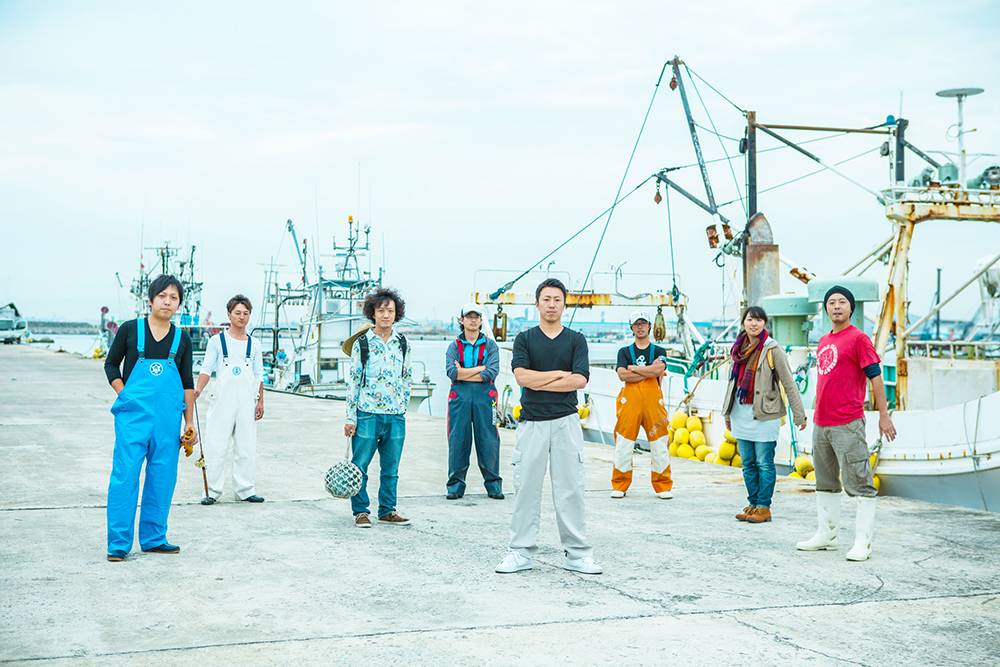
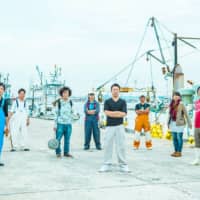

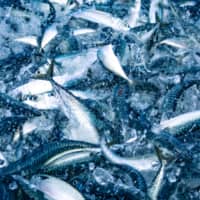
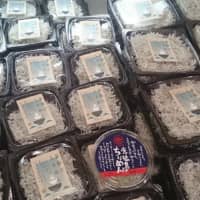
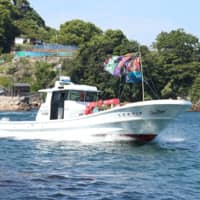














With your current subscription plan you can comment on stories. However, before writing your first comment, please create a display name in the Profile section of your subscriber account page.